Original Vintage Movie Posters
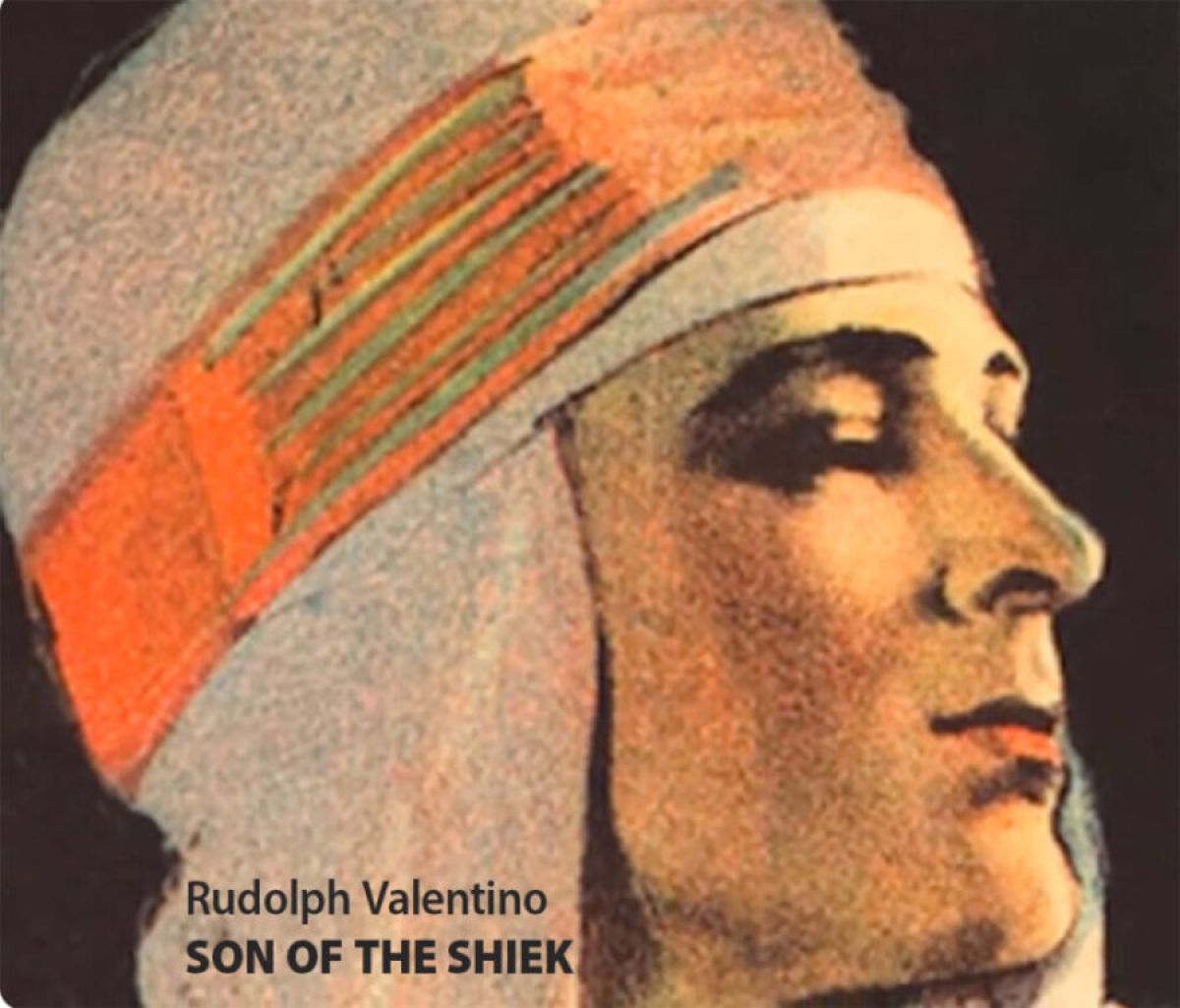
The Essence of WalterFilm.com
| Film & Movie Star Photographs, Film Noir, Film Scripts, Hollywood History, Movie Memorabilia, Movie Posters, Vintage Original Movie Scripts & Books, Vintage Original Publicity Photographs, Vintage Original Studio Photographs
WalterFilm.com was never meant to be a large website, it was intended to be an exclusive boutique featuring some of the greatest objects Walter Reuben could find. A website that would appeal to him as a collector of “movie memorabilia” – reflecting his own personal tastes and interests.
H…
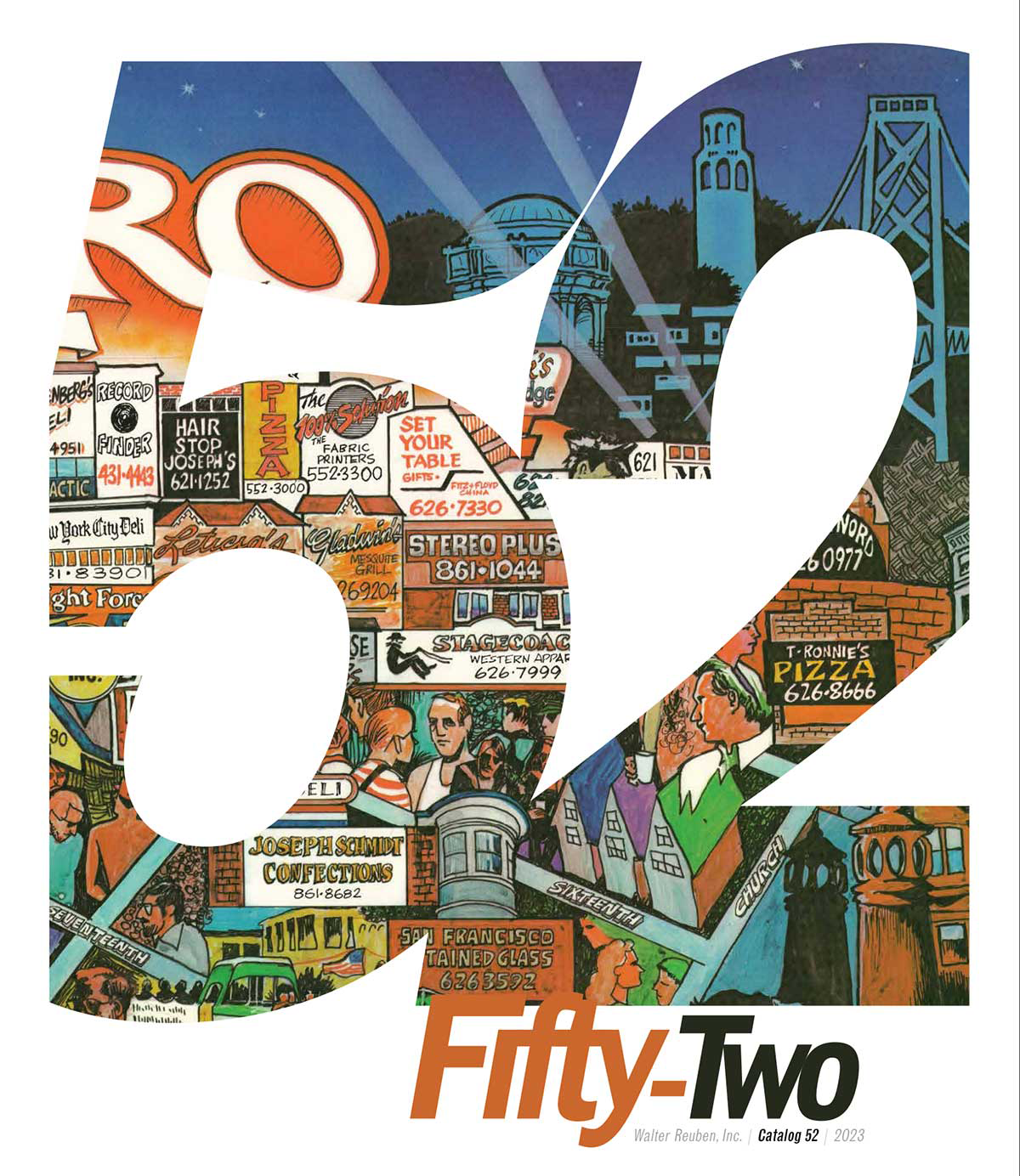
Walter Film Catalog 52/2023
Catalog 52 presented a collection of material represented by these six categories: FEATURED SELECTIONS, AFRICAN AMERICANA, LGBTQ, FILM NOIR, DIRECTORS and PHOTOGRAPHY. Here are five samples:
Jim Sharman and Richard O’Brien’s July 18, 1974 film script for the THE ROCK HORROR PICTURE SHOW…
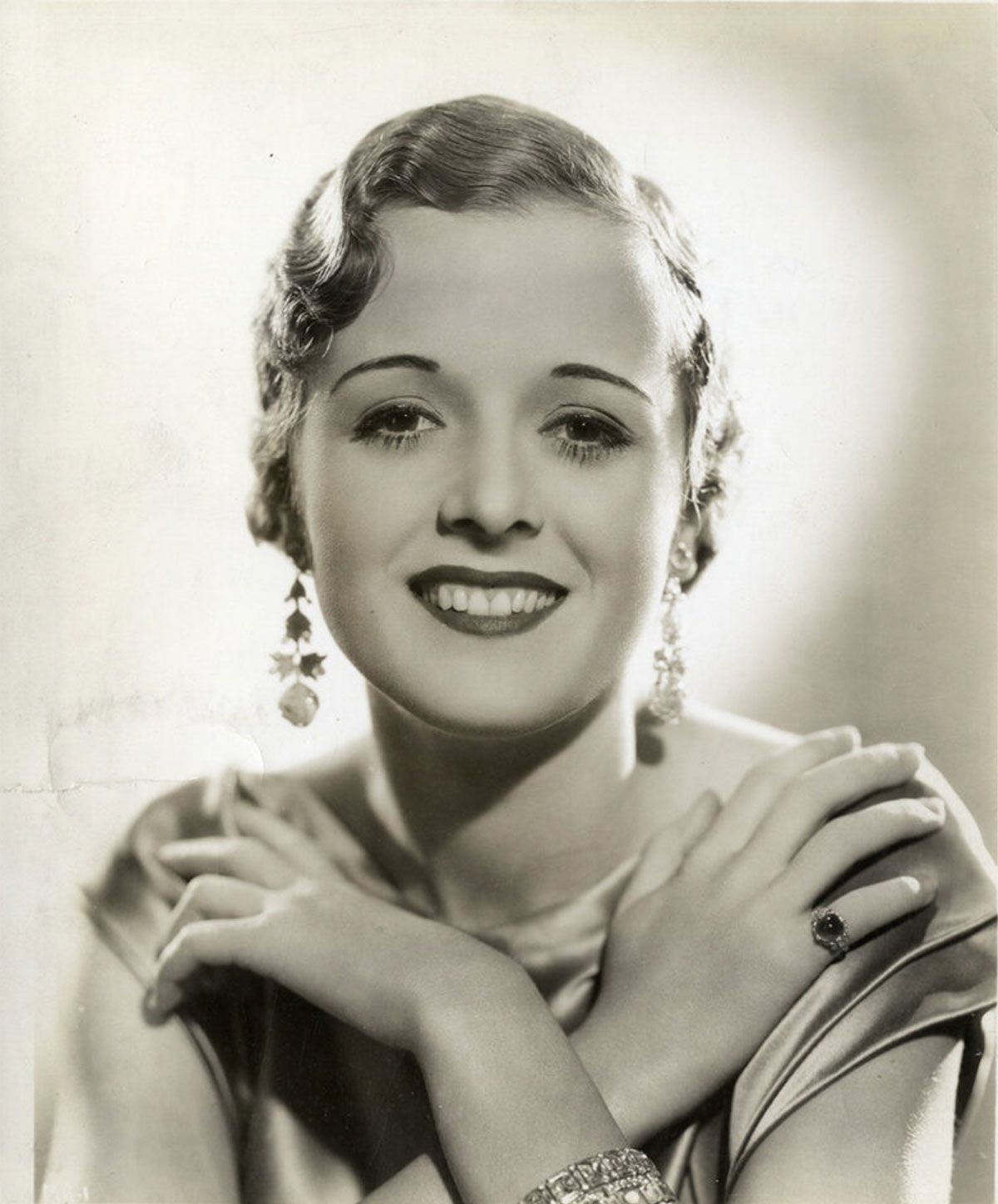
4 Hollywood Leading Ladies from 1930s & 40s
| Film & Movie Star Photographs, Hollywood History, Movie Memorabilia, Vintage Original Publicity Photographs, Vintage Original Studio Photographs
Here are four extraordinary women, MARY ASTOR (above), JEAN ARTHUR, CLAUDETTE COLBERT and MYRNA LOY, who moved from silent film actors to famous leading ladies in the “talkies”. You name it, they did it, from exotic “oriental goddess” to screwball commedian; helping turn hollywood into… HOLLYWO…
2023 63rd ANNUAL NEW YORK INTERNATIONAL ANTIQUARIAN BOOK FAIR
Welcome to all our clients and friends.
From April 27th-30th, Walter Reuben Inc. can be found in Booth B22 at the 63rd Annual New York International Antiquarian Book Fair, located in Manhattan at the legendary Park Avenue Armory, 643 Park Avenue (between 66th and 67th Street.
Our Book Fa…
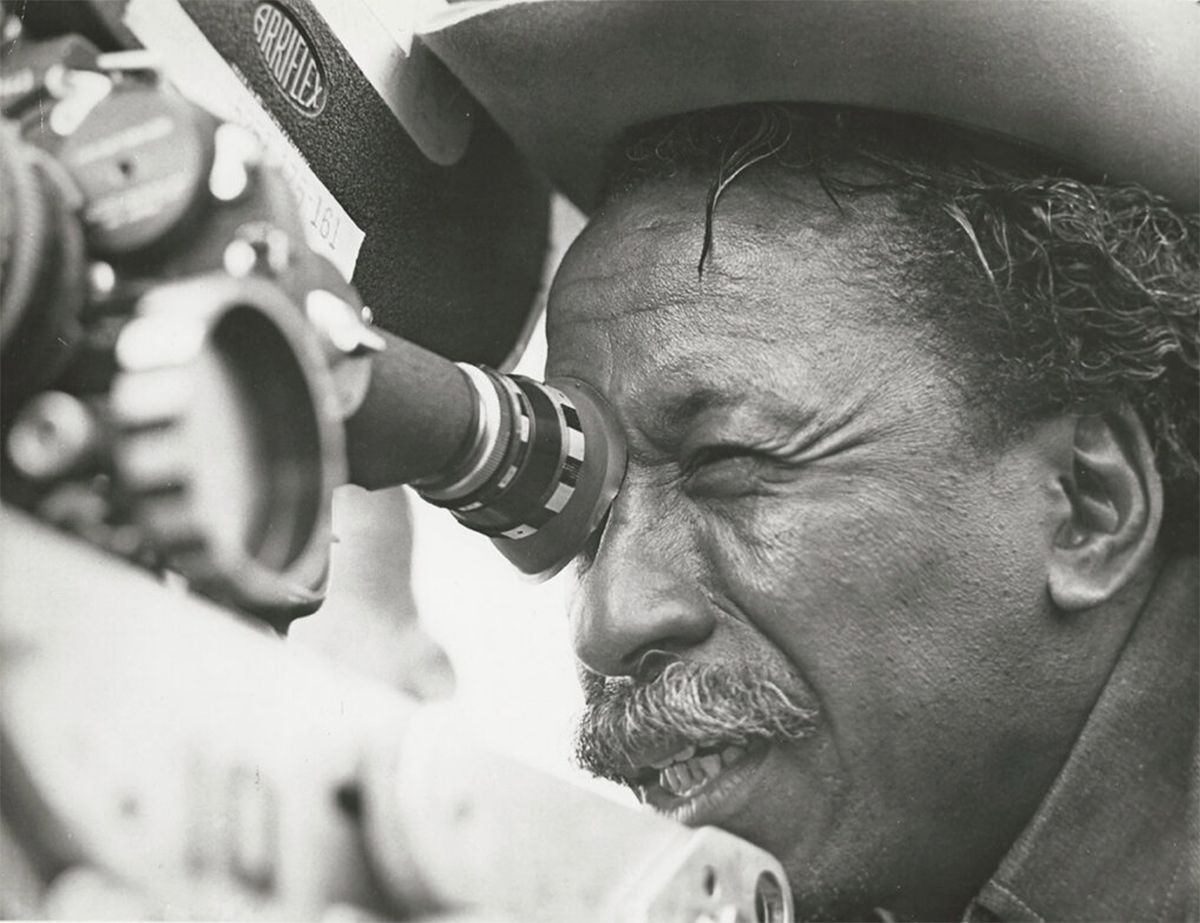
GORDON PARKS – WRITER / DIRECTOR
| African American Movie Memorabilia, African Americana, Black History, Hollywood History, Movie Memorabilia, Vintage Original Studio Photographs
Gordon Parks was a Black American who successfully wore many hats as photographer, composer, author, poet, writer and film director. He became prominent in the U.S. in 1940s through 1970s for documentary photojournalism —particularly with issues of civil rights, poverty and th…
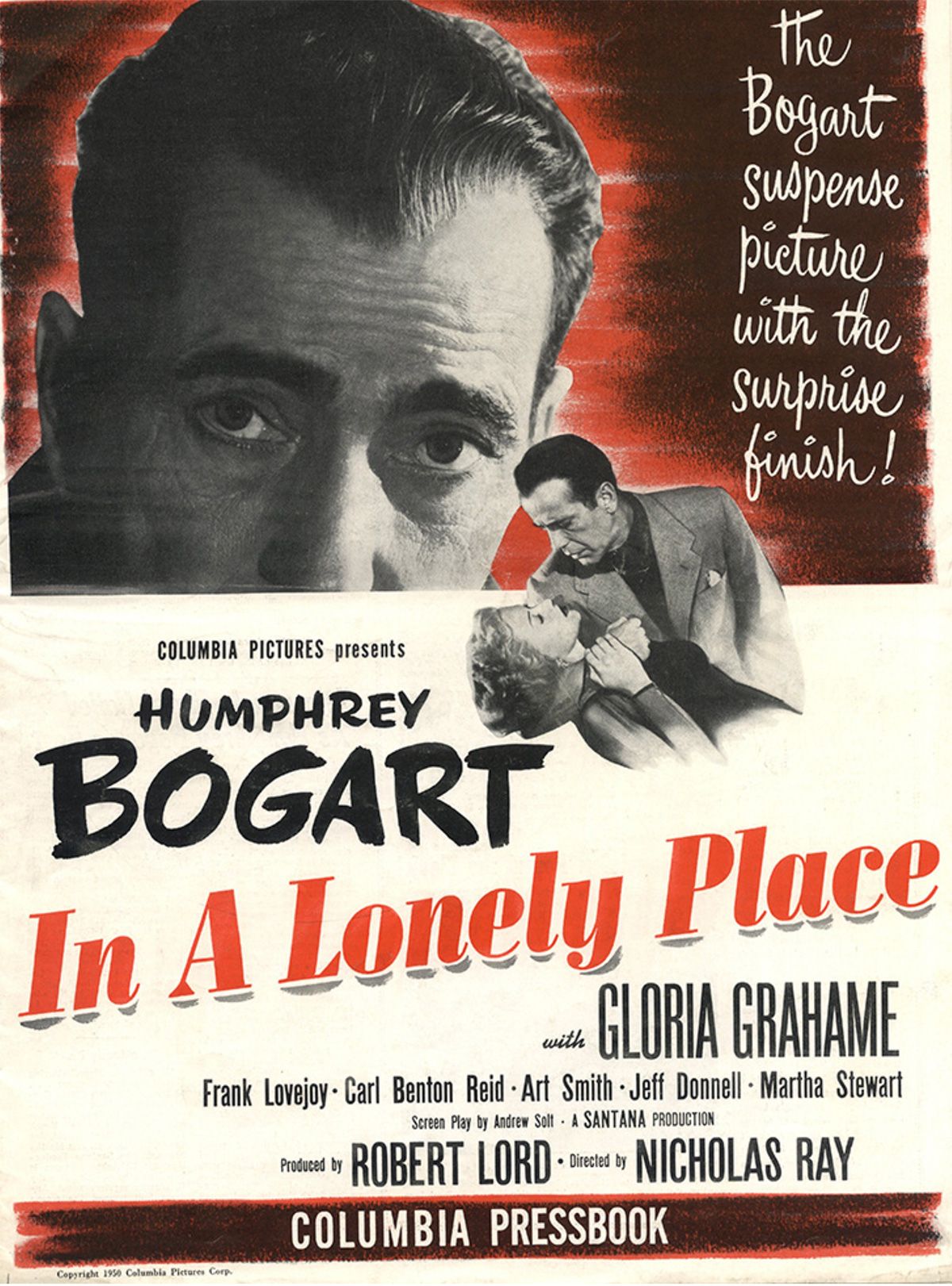
The Case Of Film Noir
| Film & Movie Star Photographs, Film Noir, Movie Memorabilia, Movie Posters, Pressbooks, Vintage Original Publicity Photographs, Vintage Original Studio Photographs
The above image is a 1950 Vintage original 12 x 16” (30 x 40 cm.) Columbia Picture’s Campaign Book, 16 pp.
In A Lonely Place, Is classic film noir, now on the National Film Registry, about a screenwriter asked to adapt a trashy bestseller.
